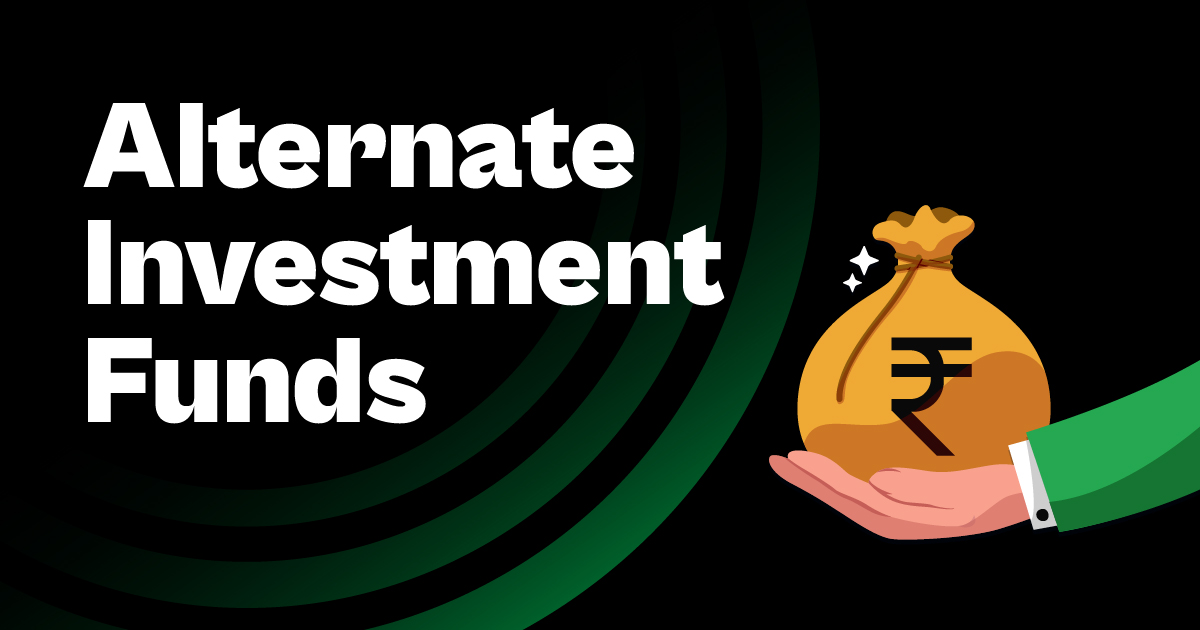When it comes to wealth creation, Indian investors today have access to a wide spectrum of investment products that go beyond traditional fixed deposits, mutual funds, or direct equity. Among the advanced investment avenues available to high-net-worth individuals (HNIs) and ultra-HNIs, Portfolio Management Services (PMS) and Alternative Investment Funds (AIFs) stand out.
Both PMS and AIFs are regulated by the Securities and Exchange Board of India (SEBI) and designed for sophisticated investors who are looking for customized strategies, diversification, and higher returns compared to conventional products. However, while they sound similar, they differ significantly in structure, strategy, and suitability.
If you are wondering what is the difference between PMS and AIF, here’s a clear breakdown.
What is PMS?

Portfolio Management Services (PMS) refers to investment management where a professional fund manager handles your money by investing in a customized portfolio of stocks, bonds, and other securities. The portfolio is unique to you, though based on the manager’s strategy.
-
Minimum Investment: ₹50 lakh (as per SEBI regulations)
-
Ownership: Securities are held in your name. You directly own the stocks, bonds, or other assets.
-
Flexibility: Highly customizable depending on your goals, risk appetite, and time horizon.
-
Transparency: Investors can view their portfolio at any time, track performance stock by stock, and see exact holdings.
In short, PMS is like having a personal investment manager build and run your portfolio with a tailor-made approach.
What is AIF?

Alternative Investment Funds (AIFs) pool money from multiple investors and invest collectively in alternative assets or strategies. This can include private equity, venture capital, hedge funds, real estate, structured credit, or even complex derivative strategies.
-
Minimum Investment: ₹1 crore (for investors)
-
Ownership: You hold units of the fund; the underlying assets are owned by the AIF.
-
Structure: AIFs are usually set up as trusts, companies, or LLPs.
Types of AIFs:
-
Category I AIFs: Venture capital funds, SME funds, social venture funds, infrastructure funds
-
Category II AIFs: Private equity funds, debt funds, funds of funds
-
Category III AIFs: Hedge funds and funds that use complex trading strategies
AIFs are ideal for investors who want exposure to alternative asset classes and strategies beyond listed equities and bonds.
PMS vs AIF – Key Differences
| ASPECT | PMS | AIF |
|---|---|---|
| Minimum Investment | ₹50 lakh | ₹1 crore |
| Structure | Individual portfolio | Pooled investment fund |
| Ownership | Direct ownership of securities | Indirect – ownership of fund units |
| Transparency | High – stock-level visibility | Moderate – NAV based reporting |
| Customization | High – portfolio tailored to individual goals | Low – same strategy for all investors in a scheme |
| Liquidity | Higher – you can sell securities individually | Lower – lock-in periods depending on AIF type |
| Taxation | Investor taxed directly on gains (capital gains tax applies as per holding period) | Pass-through status for Category I & II (taxed in investor’s hands); Category III taxed at fund level |
| Risk & Return | Market-linked, stock-specific | Can be higher risk with potential for higher returns due to alternative strategies |
Which One Should You Pick?
The choice between PMS and AIF depends on your investment profile, financial goals, and risk appetite.
Choose PMS if:
-
You want a direct, personalized equity portfolio.
-
You prefer high transparency and control over your holdings.
-
You are focused on listed markets (stocks, bonds).
-
You want to track and manage your portfolio actively with a fund manager.
Choose AIF if:
-
You are looking for diversification beyond traditional equities.
-
You have a longer investment horizon and can commit capital to lock-in periods.
-
You want exposure to private equity, venture capital, hedge funds, or real estate.
-
You are open to higher risk for potentially higher returns.
Taxation Angle
PMS: Gains are taxed as if you directly invested in securities. Short-term and long-term capital gains tax apply depending on the holding period. Dividends are taxed as per slab.
AIF:
-
Category I & II: Income is passed through to investors and taxed as per the investor’s applicable rates.
-
Category III: Taxed at the fund level (business income), which may be less tax-efficient.
Understanding taxation is critical because it directly impacts post-tax returns. Consulting a financial advisor ensures you pick the right option aligned to your financial situation.
PMS vs AIF – The Indian Scenario
In India, PMS is more popular among HNIs who want personalized equity exposure, while AIFs have gained traction among ultra-HNIs and institutional investors seeking alternative avenues like private equity or hedge strategies. Both markets are growing rapidly:
-
PMS assets under management (AUM) crossed ₹30 lakh crore in 2024, showing strong HNI participation.
-
AIFs too have seen exponential growth, with commitments of over ₹10 lakh crore, reflecting demand for alternative investments.
This growth highlights a shift in Indian investor preferences towards professional, sophisticated, and diversified strategies while understanding the difference between PMS and AIF.
How Shree Radha Financial Services Can Help
At Shree Radha Financial Services, Surat, we understand that each investor is unique. Our role is to simplify complex investment choices like PMS and AIF for you. We help you:
-
Assess your risk profile and goals
-
Select the right PMS or AIF provider from SEBI-registered managers
-
Compare costs, performance history, and strategies
-
Navigate taxation and compliance seamlessly
-
Build a balanced portfolio that matches your aspirations
Conclusion

Both PMS and AIFs are powerful tools in wealth management. PMS gives you the comfort of direct ownership and customization, while AIFs open doors to alternative strategies with higher potential returns.
The right choice depends on how much you want to invest, your comfort with risk, and your long-term objectives. With expert guidance from Shree Radha Financial Services, you can confidently step into the right investment strategy and grow your wealth strategically.
